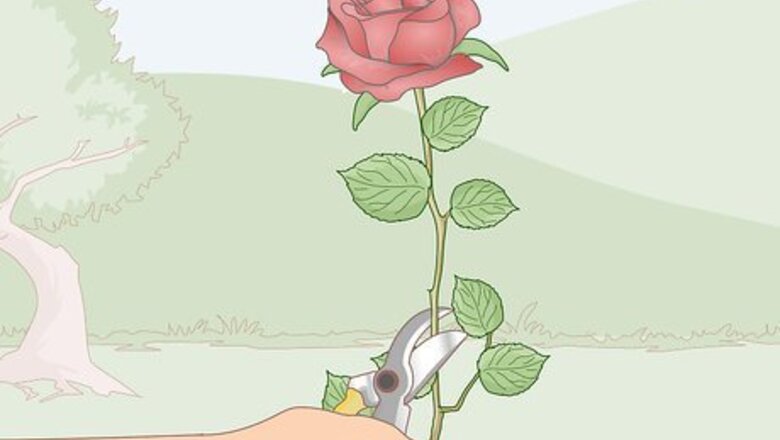
views
Blooming Cut Flowers and Branches
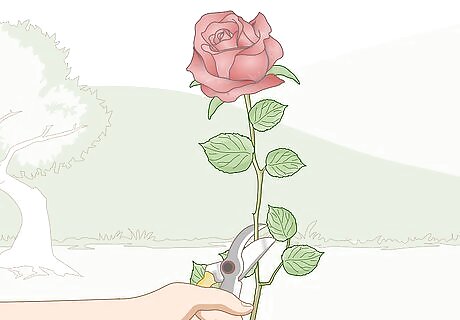
Cut each stem or branch at a diagonal. Use sharp, clean scissors or pruners to cut each stem of your flower or branch at a 45-degree angle. Make sure the stem or branch doesn’t tear as you cut it.Tip: Dip your scissors or pruners in rubbing alcohol to make sure they are clean before you use them. If you are cutting a branch off of a flowering tree, choose one with a lot of buds on it to get more flowers. Remove as much foliage as you can.
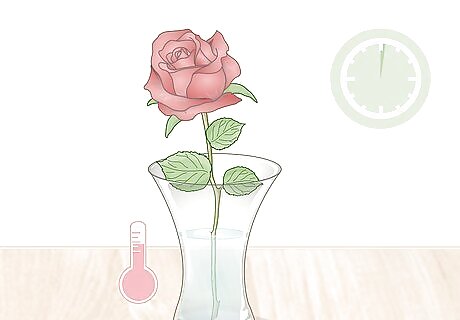
Place your flowers in a vase of lukewarm water for 1 minute. Fill a vase with lukewarm water from your sink that is slightly above room temperature, or around 68 °F (20 °C). This vase doesn’t have to look pretty since it is not the vase the flowers will be staying in. Place your flowers in the warm water, making sure that the cut part of the stems are fully submerged. Do not use boiling water. This could damage your flowers.
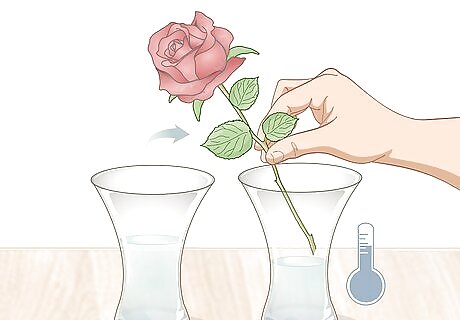
Transfer your flowers to a vase of cool water. Fill a second vase with cool water from your sink that is slightly below room temperature, or around 65 °F (18 °C). Pick your flowers up out of the first vase and put them into the second vase. Make sure there is enough water to submerge the cut part of the stems. Your flowers should start to open up within 20 minutes.
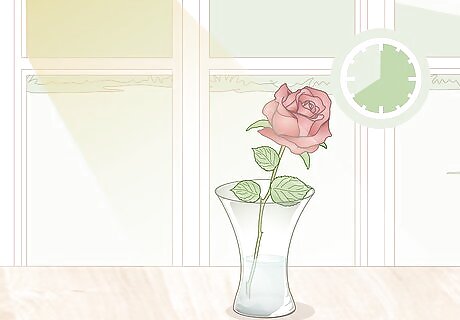
Keep your flowers in a cool area that gets around 8 hours of sunlight. Place your vase near a window so that they can soak up sunlight. The sun will encourage your flowers to bloom even more. Make sure they don’t get much warmer than 75 °F (24 °C) and dry out, or they may start to close again. Depending on your flower type, they may need up to 8 hours of sun each day. If you live in a dry climate, consider misting your flowers with a spray bottle of water to make sure they don’t dry out.
Forcing Bulbs to Sprout
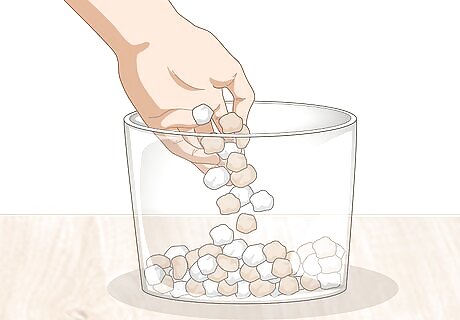
Fill a glass container with small stones or pebbles. Choose a container that will be wide enough to hold all of the bulbs that you want to sprout. Fill the bottom ⅓ of the container with small rocks, stones, or glass pebbles. You can find bags of pebbles, rocks, or stones at most garden supply stores.
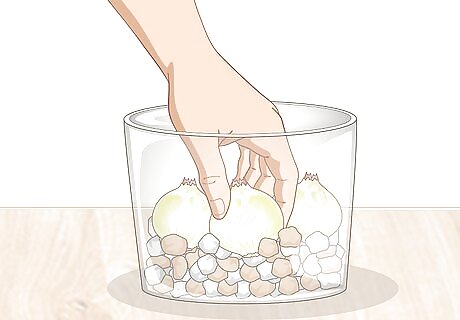
Place your new bulbs on top of the stones. Use bulbs that have not produced flowers yet. Make sure your bulbs do not overlap each other at all. Gently set your bulbs on top of the stones with the tip, or the long pointed edge, facing upward. Lean your bulbs on each other to keep them upright. The amount of bulbs you can sprout at 1 time depends on the size of your container.
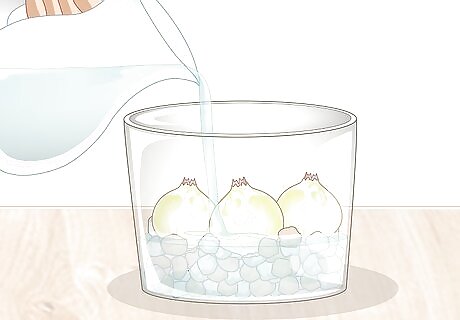
Pour water into your container until it touches the bottom of the bulbs. Use a watering can or a pitcher to pour cool water that is just below room temperature, or around 65 °F (18 °C), into your container. Only fill up the part of the container that has the stones in it. Stop pouring once the water reaches the very bottom of your bulbs. If you accidentally add too much water, either carefully pour some out or add more stones underneath of your bulbs.
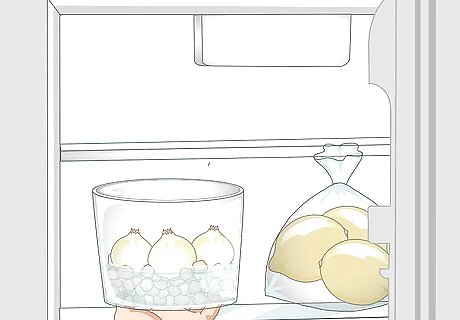
Put your container into the fridge for 1 month. The water needs to be kept cool to force your bulbs to bloom. Put your container in the fridge where it can sit upright undisturbed. Make sure your fridge stays below 40 °F (4 °C). Add more water if the level goes below the bottom of the bulbs.
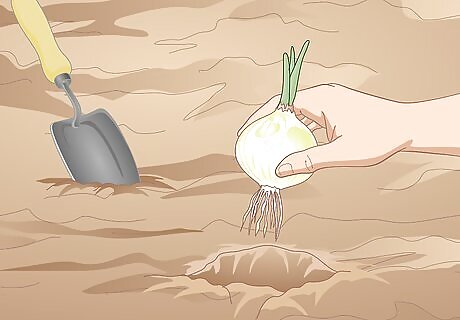
Plant your bulbs in soil once they have sprouted. Look for green shoots at the tip of the bulb to see when it has sprouted. Transfer the bulbs to a pot or the ground with the shoots facing upward to watch your bulbs grow!Tip: If temperatures are still below freezing, do not plant your bulbs outside. They will probably not be able to withstand the frost.















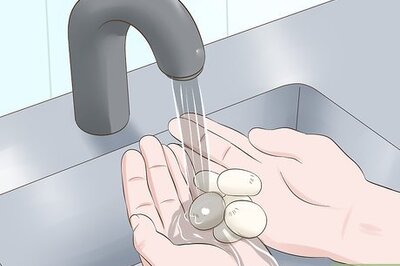



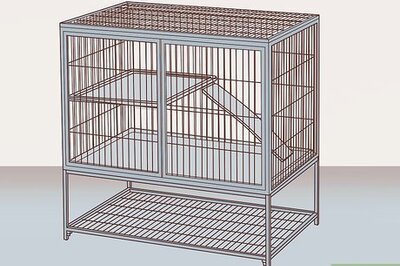
Comments
0 comment